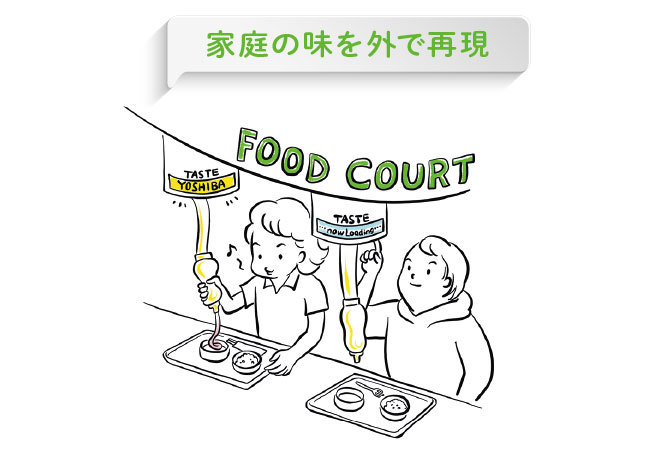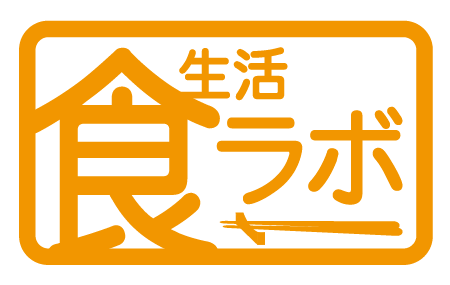Members of Dentsu Inc.'s 'Food Lifestyle Lab' explored the future of Japan's food scene. For example, what might the "food landscape" of this country look like in 2025, seven years from now? We set seven themes. These are near-future projections envisioned by Food Lifestyle Lab members with expertise in their respective fields.
The Family Dining Table: Seamless in Every Aspect
Family meals are bound by expectations of "how they should be" – like eating at home or preparing homemade food. Going forward, we may break free from these "shoulds" and move toward seamless integration.
Take the "location" where families gather for meals. As working moms and dads increasingly participate in household chores and childcare, the boundaries between home and outside, and between roles, will blur. Yet the desire to eat together as a family will persist. Within that, location will cease to matter.
As a mother of two myself, on busy days I increasingly find myself wanting to eat everyday meals out, like at the growing number of eat-in cafes. While I currently feel guilty about this, as dual-income households increase, the mindset will likely shift towards "spending important time with important people matters more than the location."
Technology will accelerate this shift. Even when eating out, we might see products that add a touch of home cooking or recreate the "feel" of home in a restaurant setting.

Illustration: Mio Oshima (Dentsu Inc. "Food Lifestyle Lab")
The same goes for what we cook. We'll gradually move away from the idea that everything must be homemade. Frozen foods are becoming higher quality, and we'll likely see them as a way to "spend more time with family." As this mindset grows, the barriers of "how things should be" will fade away.
Food, being the very source of human life, interacts with every aspect of living and reflects changes in social structures and cultural trends. Dentsu Inc.'s 'Food Lifestyle Lab' is a project aiming to improve society through food by providing solutions related to this very food. Composed of members with diverse expertise and insights across the company, it leverages its network extending beyond the company to engage in roundtable-style innovation creation. Currently, the internal team consists of about 20 members. The project's origins date back to the early 1980s, and since then, it has continuously accumulated and updated various insights.






